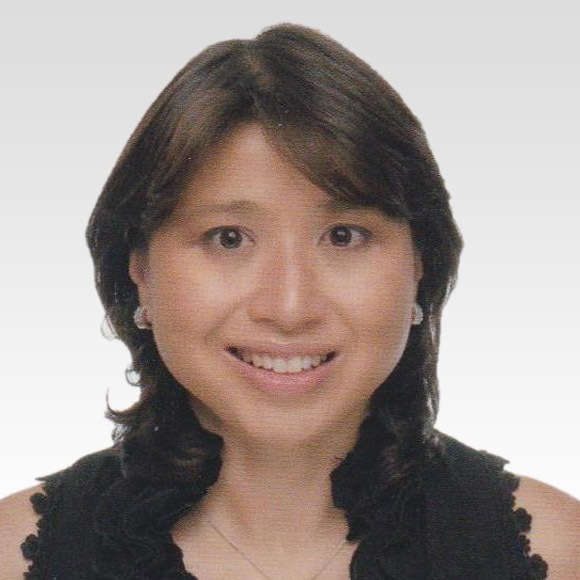Usage of Rotary Instruments (technique and indications) - Rotary files – ProTaper Gold
NiTi files have brought a revolution to endodontic therapy. The use of those files is though not without some risks. NiTi files have been reported to have higher incidence of separation in the canals compared to hand steel files and due to their efficiency, they can quickly deform the canals. The lecture will discuss how these risks can be minimized with proper use of the file system with emphasis on the new post production heat treated ProTaper Gold system. In addition the lecture will explore in details the engineering behind the rotary NiTi files and how new and novel engineering approaches have reduced the separation risks, and yet improved the efficiency the ProTaper Gold files. How best using those will be presented and then practiced as well when they are the best files to clean and shape the canals.
Objectives:
-
To know about the key design elements for most NiTi file systems
-
To have a good understanding on how and when to use files like PT Gold
-
To be able assess the quality of their cleaning and shaping of a root canal
Gutta Core
Through the years dentist have struggled with being able to obturate root canals that have been instrumented, cleaned and shaped. Over 25 years ago an obturating system, called ThermaFil was introduced to aid the clinician in being able to consistently obturate instrumented canals. That system consisted of a metal carrier that was covered with gutta percha and the procedure entailed flame heating the gutta percha and then place it in the canals to length. As good as that system was, heat control, flow characteristics and the ability to remove the carrier in case of less than desirable outcome was not always ideal. Since the first introduction there has been significantly engineering improvements cumulating in the latest product, named GuttaCore, which does have a cross-linked gutta percha core rather than metal or plastic as its predecessors had. The quick heating ovens makes this approach quick and simple and the gutta percha core makes it easier and quicker to create post space as well as remove.
This lecture will review the history of this technique and where it is today, including how hydraulic force sends warm gutta-percha flowing equally in 3 dimensions, creates predictable and consistent 3D fill that follows curves, finds accessory canals and flows into isthmuses. And how best to place GuttaCore, quickly, safely and efficiently.
Objectives:
-
To know about the key design elements of GuttaCore
-
To have a good understanding on how and when to use GuttaCore
-
To know how to best place a post space as well as how to remove the filling in case of need for a retreatment
Congress: Problem Solving Endodontics
In this lecture the most common reasons for failures of endodontic therapy will be discussed in some details. Emphasis will be placed on what the dentist could or should do to prevent failures of this nature by reviewing issues regarding diagnosis, access, root anatomy, instrumentation (including the proper selection and use of NiTi rotary/reciprocating instruments) and obturation techniques. Multiple cases will be discussed in details and solutions found with the help of audience.
Objectives:
-
At conclusion, the participants should know the most common reasons for endodontic failure
-
At conclusion, the participants should know what they could do to reduce the risk of endodontic failures
-
At conclusion, the participants should know about some treatment options for a failing endodontic therapy





